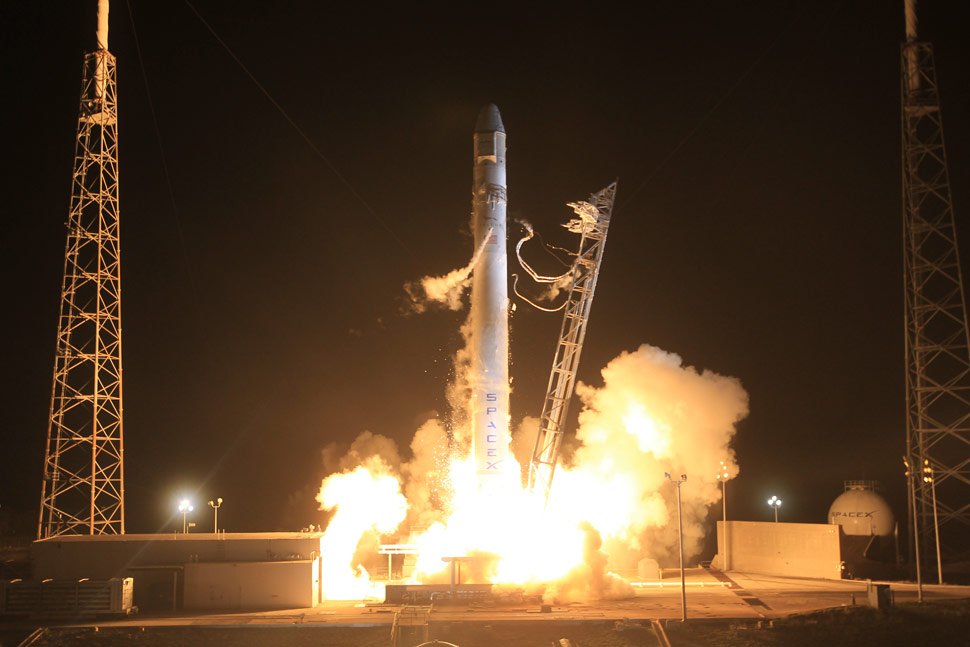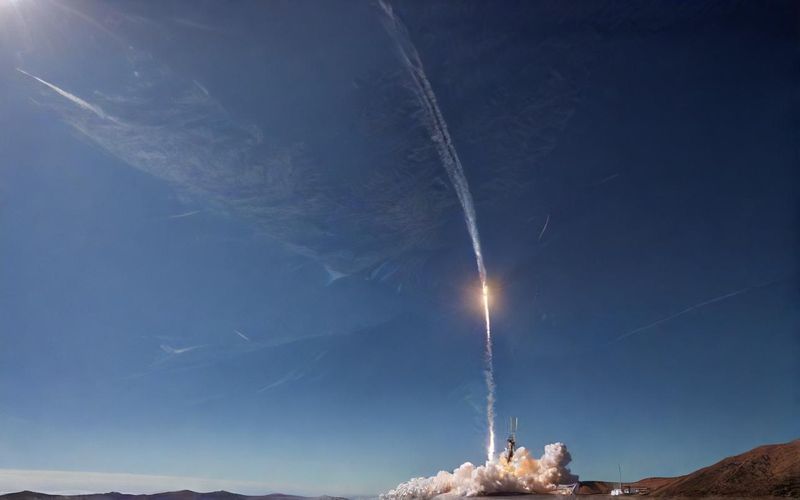SpaceX Launches Double Starlink Missions

SpaceX executed two separate Starlink missions within a 24-hour span on April 24th and 25th, 2025, marking a significant increase in the company's deployment of broadband satellites. The first launch, Starlink 6-74, took place from Cape Canaveral Space Force Station in Florida at 9:52 p.m. ET on April 24th. This mission, utilizing Falcon 9 booster B1069 on its 23rd launch and 19th Starlink mission, deployed 28 Starlink satellites into low Earth orbit (LEO). B1069 successfully landed on the droneship *A Shortfall of Gravitas* approximately six minutes after launch. The satellites will spend several days maneuvering into their operational orbits. This launch was SpaceX's 47th Falcon 9 mission and 30th Starlink launch of 2025.
Earlier, on April 20th, a separate Falcon 9 launch from Vandenberg Space Force Base in California deployed 27 Starlink satellites, as part of the Starlink 11-9 mission. A second launch from Cape Canaveral, Starlink 12-23, was planned for Sunday, April 27th, at 10:58 p.m. EDT, utilizing Falcon 9 booster B1077 for its 20th launch. This booster has previously completed 12 Starlink missions, three trips to the International Space Station (ISS), and the GPS 3 Space Vehicle 06 mission. A 90 percent chance of favorable weather was forecast, although potential weather constraints from cumulus and anvil clouds were noted. This launch would have marked SpaceX's 49th Falcon 9 launch of 2025. B1077 was scheduled to land on the droneship *Just Read the Instructions*.
The April 24th launch follows a series of SpaceX launches in the preceding days. On April 21st, two Falcon 9 launches occurred from Florida's Space Coast within a single day; one carrying cargo to the ISS and another, Bandwagon-3, a rideshare mission for various small satellites. These launches, along with the Vandenberg launch, amounted to three successful Falcon 9 launches within a 36-hour period. These frequent launches demonstrate SpaceX's continuing expansion of its Starlink internet constellation, which currently includes over 7,000 satellites providing global internet coverage.









